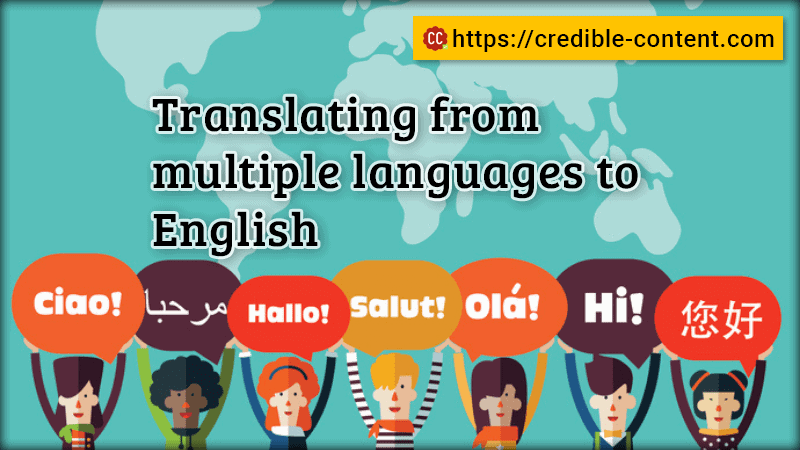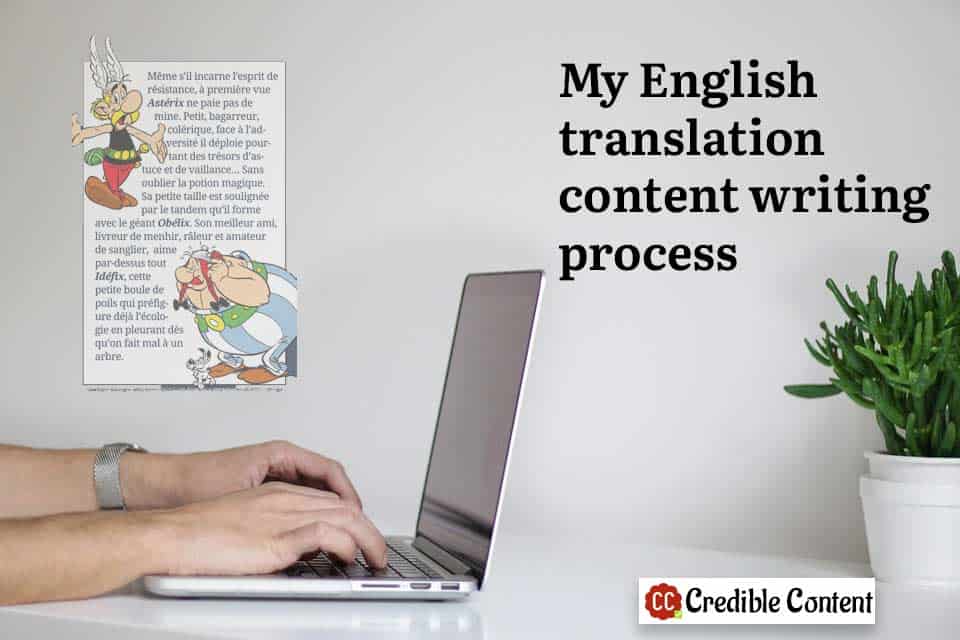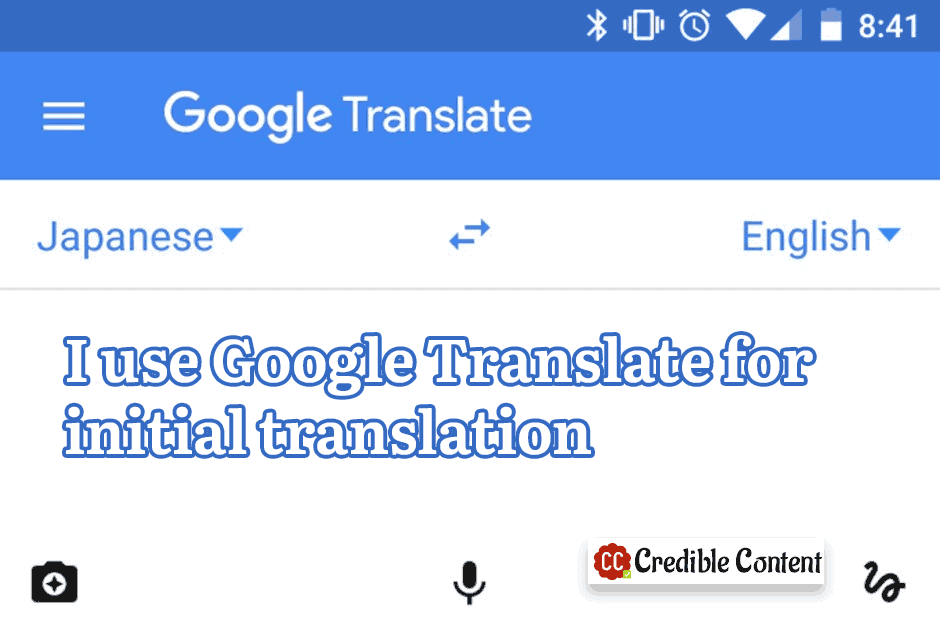Translating content – thanks to Google Translate – is quite easy and enjoyable. As a result, I often take up translation assignments when clients approach me.
Sometimes people are not looking for simple translation services; they’re looking for a good writer who can capture the essence of what they want to convey, and then convey it.
This is why, many businesses, instead of approaching a general translation service, contact me.
Previously I have written content for a Norwegian business, a French business and a German business.
These days I’m writing content for a Chinese website. The content is written completely in the native Chinese language. I copy/paste the Chinese text into Google Translate, get the gist of the content, and then write it in my own style.
Sometime back I published a web page offering my translation services. On the page I have suggested that I can translate from any language, provided the text can be translated using Google Translate. Since then, I’m regularly getting translation work although my website primarily offers content writing services.
I uploaded the page on a whim. I had a feeling that when people want their websites translated, they either use automated services (a plugin that may be using Google Translate API) or they contact a professional translation service.
The problem with using a plugin is that the translation is done by the API and sometimes the original meaning is lost. There is no feeling. There is no personal touch that can be only brought by a human right.
The problem with typical translation services is that people who are translating are not necessarily writers. Hence, they simply translate. Again, there is no personal touch. There is no personal input.
When I am translating, I write the text as if I’m writing it originally. I rearrange messages. I sometimes add my own sentences if I feel that the original content doesn’t convey what needs to be conveyed. I think this is one of the biggest reasons why some clients contact me for translation services even when on my website they can see that I provide content writing services.
A few years ago, who would have thought that I would be translating for a Chinese company? Or for that matter a Dutch company.
Pretty much at the same time I also published my Hindi to English or English to Hindi translation services. I have good command over both the languages. Although I have received a few queries from my website, up till now, no Hindi to English or English to Hindi translation work has materialized so far. This is also because people talking about Hindi content don’t expect to pay a professional fee. This is a mindset thing.



